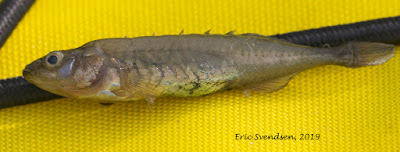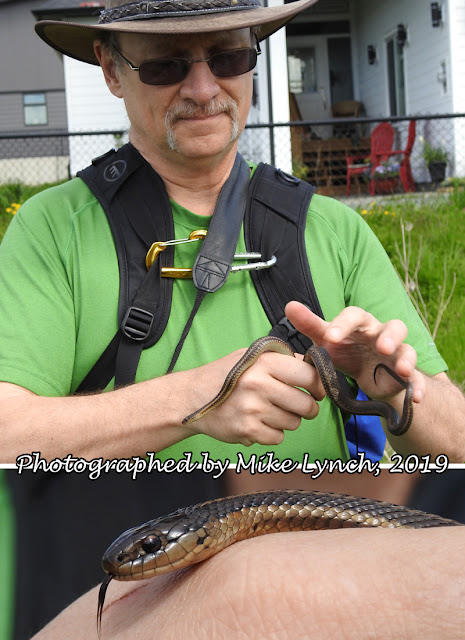Corn snake eating mouse
 |
| My corn snake, Orville, eating a mouse (thawed from frozen). |
Orville, his name, is a corn snake, native to southeastern US. Corn snakes are related to milk and king snakes, which are constrictors. This particular family of snakes is somewhat immune to snake venom as many of them feed on other snakes, including the poisonous ones. Corn snakes are marvelous at pest control; they have a hearty appetite for vermin. I feed Orville a small sized mouse about once every 8 or 9 days on the average. It has to be thawed first and then bounced around a bit in front of him. Snakes are born hunters and are guided to their meals by sight and smell. Moving it around a bit helps to stimulate his interest, although truthfully I could probably just put it on the ground or hang it from a branch and it would still eat it.
Corn snakes, as do many other species of snake, live about 20 years. Another person I know had one that lived to the age of 17, a decent age for a snake. He is currently 11 years old and a little over a meter long. They grow to a maximum length of about two meters. I would probably have to feed him more regularly to get him to grow to that size though. He sheds about three times a year. The snake skin, called an ecdysis, is shed in one piece. I have found a number of them in the wild, mostly garter and gopher snake skins. The whole process is quite remarkable.
I will take him out of the cage every once in a while. Some people think snakes are slimy but they are dry and smooth, with a backwards roughness that helps them move. I have to be careful when taking him out as he will bite. Once out he is fine, but getting him there takes a bit of a strategy as he has nailed me more than once. Snakes, especially constrictors, have sharp, recurved teeth and the larger ones can draw blood. They also carry salmonella, a bacteria, which can cause sickness in humans. I wash my hands thoroughly after handling him.
I want to get some lizards as well, though they take much more care and attention. Maybe one day. For now, I will just enjoy having my snake.



Comments
Post a Comment